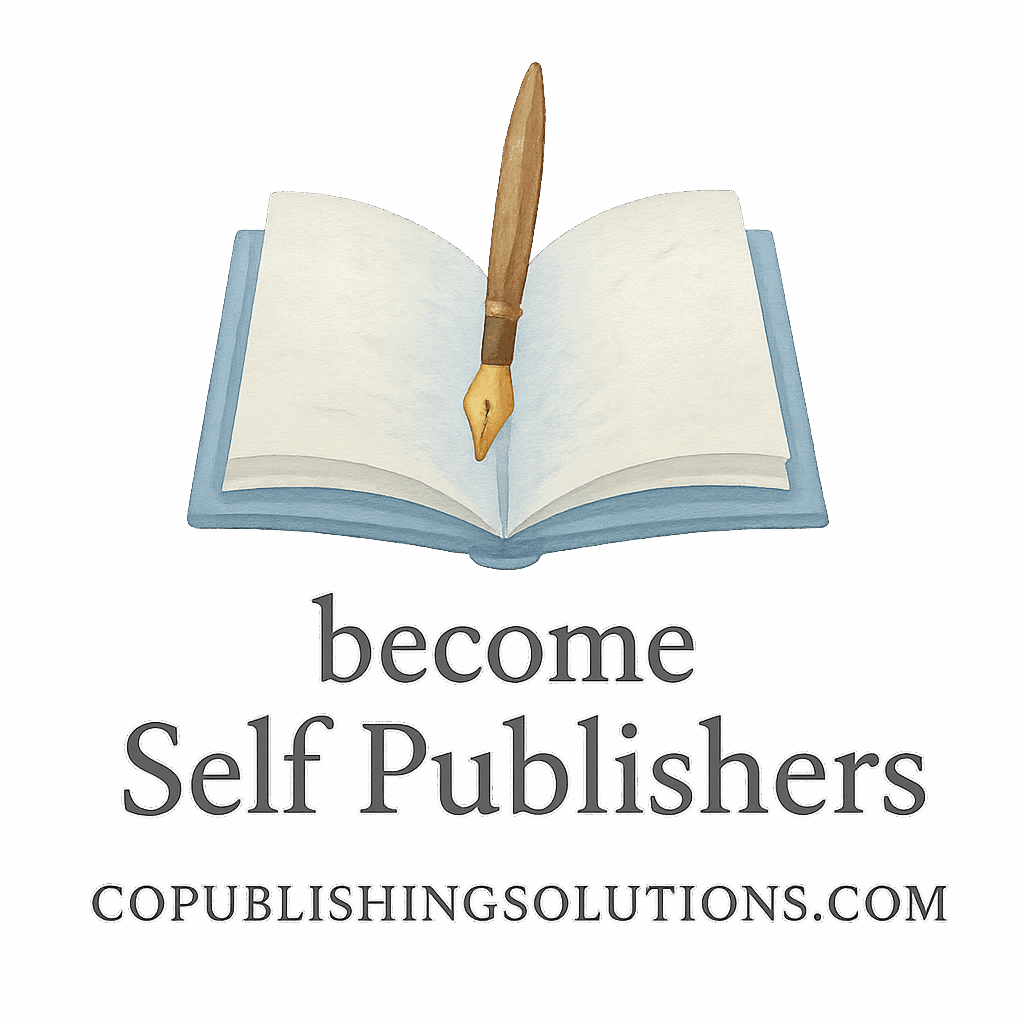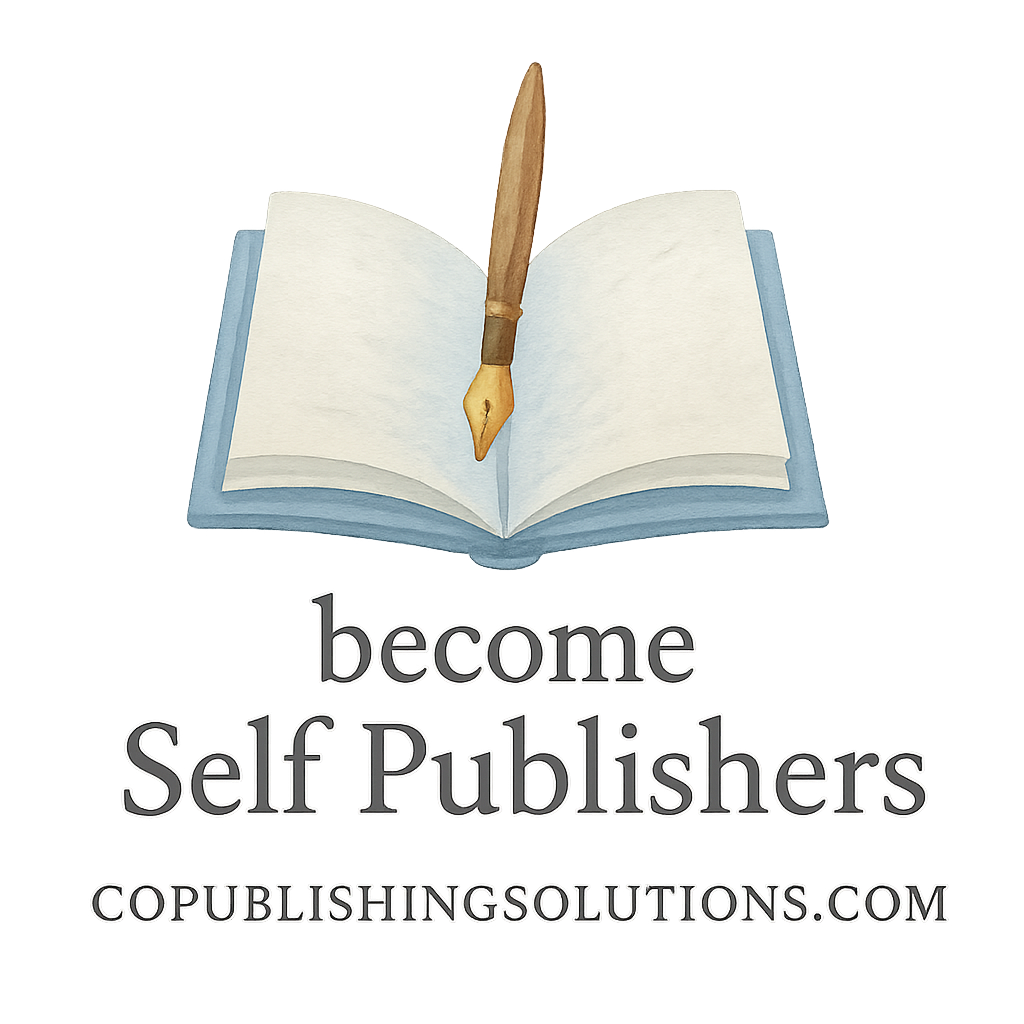Why Book Cover Design Matters More Than You Think
Let’s face it—people do judge a book by its cover. In a crowded marketplace, your book cover is your first impression. Whether you’re self-publishing or working with a team, an eye-catching cover can skyrocket your book sales and help your work stand out. That’s why picking the right book design tools is a game-changer.
Learn more about the foundation of a strong publishing strategy here.
What Makes a Book Cover Eye-Catching?
Before we dive into the best tools, let’s explore what makes a book cover pop.
Visual Hierarchy
Your title, author name, and imagery should be arranged in a way that directs the reader’s attention naturally. A clean, logical layout screams professionalism.
Typography and Readability
Fonts matter more than you think. Too playful? You lose credibility. Too bland? You fade into the background. Typography should be both stylish and readable.
Explore typography tips for beginners.
Color Psychology
Colors evoke emotions. Red = urgency. Blue = trust. Use color strategically to convey your book’s tone.
Choosing the Right Tool for Your Book Cover Design
Not every author is a graphic designer, and that’s totally okay! Whether you’re a complete novice or a design-savvy pro, there’s a tool for you.
1. Adobe Photoshop – The Powerhouse of Design
Best For Professional Designers
If you’ve got design chops or are willing to learn, Photoshop offers complete control.
Pros and Cons
Pros:
- Unmatched flexibility
- Precise editing and layering
- Great for photo manipulation
Cons:
- Steep learning curve
- Pricey subscription
Photoshop is perfect for authors wanting total creative freedom. If you’re focused on long-term publishing goals, pair this with tips from Advanced Publishing Growth.
2. Canva – Beginner-Friendly and Versatile
Drag-and-Drop Simplicity
Canva is the go-to tool for authors who want professional-looking covers without any design experience.
Pros and Cons
Pros:
- Easy to use
- Tons of templates
- Free and Pro versions available
Cons:
- Limited customization compared to Photoshop
- Not ideal for print-resolution covers
For authors just starting out, Canva works wonders. See more for self-publishing beginners.
3. Adobe InDesign – The Layout King
Best for Print Layouts and eBooks
Adobe InDesign is fantastic for full book design—interior and cover.
Pros and Cons
Pros:
- Superior for print layouts
- Precise typography tools
Cons:
- Complex for beginners
- Subscription-based
Combine InDesign’s power with a clear publishing structure to ensure a polished result.

4. GIMP – The Free Photoshop Alternative
Open-Source and Powerful
GIMP is your best bet if you want Photoshop-like capabilities without the cost.
Pros and Cons
Pros:
- Completely free
- Powerful editing tools
Cons:
- Not very beginner-friendly
- UI feels outdated
GIMP suits indie authors looking to save money while maintaining quality. Pair this with insights on passive income strategies to make your book work for you.
5. BookBrush – Built for Authors
Author-Specific Features
BookBrush is like Canva, but tailor-made for writers. It comes loaded with genre-specific templates and book mockups.
Pros and Cons
Pros:
- Built specifically for authors
- Includes ad and mockup tools
Cons:
- Paid features can add up
- Limited flexibility outside of templates
BookBrush fits right into your self-publishing toolbox.
6. Vellum – Elegant Designs for Self-Publishers
Beautiful Book Interiors and Covers
Vellum is known for interior formatting, but it also offers simple tools for designing clean, classy covers.
Pros and Cons
Pros:
- Great for formatting and layout
- Simple interface
Cons:
- Mac-only
- Limited design options for covers
Authors focused on clean formatting can complement Vellum with other publishing tools.
7. Affinity Publisher – A Cost-Effective Alternative
Budget-Friendly and Professional
Affinity Publisher is gaining love among indie authors as a cheaper alternative to InDesign.
Pros and Cons
Pros:
- One-time payment
- High-end features
Cons:
- Smaller community
- Limited templates
This tool pairs beautifully with strategies for monetization and long-term growth.
8. Snappa – Quick Designs, Minimal Learning Curve
Social Media & Cover Design Combo
Snappa is perfect if you want to create quick covers and promotional graphics in one place.
Pros and Cons
Pros:
- Very user-friendly
- Good for ads and web visuals
Cons:
- Limited print-quality features
- Fewer templates than Canva
Ideal for creating assets that support your publishing content strategy.
9. Placeit – Mockups and More for Authors
Great for Marketing and Presentation
Placeit focuses more on showcasing your book than designing it. Create stunning mockups in minutes.
Pros and Cons
Pros:
- Professional mockups
- Super fast results
Cons:
- Not a design tool in the traditional sense
- Paid subscription required for high-res
Use Placeit in tandem with tools like Canva to elevate your book marketing.
How to Choose the Best Tool Based on Your Publishing Goals
Are You a Beginner or a Pro?
Canva and BookBrush are great for newbies. Pros might prefer Photoshop or InDesign.
Explore other beginner tips here.
Are You Self-Publishing or Working with a Team?
Tools like Vellum and Affinity Publisher shine for solo authors. If you’re co-authoring, consider collaborative tools covered in collaboration guides.
Final Thoughts on Book Cover Design Tools
Picking a design tool isn’t just about features—it’s about how well it fits into your publishing workflow. Whether you’re designing your first cover or optimizing for your next bestseller, choosing the right software gives you a serious edge.
Check out our full range of resources on publishing, money-making, and co-authoring to up your game.
Conclusion
A stellar book cover is a must-have, not a nice-to-have. With the right tool in hand, even non-designers can create covers that grab attention, evoke emotion, and drive sales. Whether you go with Canva for its ease, Photoshop for its depth, or BookBrush for its niche functionality, each of these tools has something unique to offer.
So, what are you waiting for? Open up one of these tools and start crafting a cover your book deserves!
FAQs
1. What’s the best free tool for designing book covers?
GIMP is a powerful free alternative to Photoshop, ideal for those on a budget but willing to learn.
2. Can I design a professional book cover without graphic design experience?
Absolutely! Tools like Canva and BookBrush make it easy for beginners to create stunning covers.
3. Is Photoshop worth it for book cover design?
Yes, if you need maximum creative control and are comfortable with a learning curve.
4. What’s the best tool for formatting both covers and interiors?
Vellum and Adobe InDesign are top choices for complete book design, from cover to layout.
5. Which tool offers the best value for money?
Affinity Publisher offers powerful features with a one-time purchase, making it very budget-friendly.
6. Can these tools help with marketing materials too?
Yes! Tools like Canva, Placeit, and Snappa are excellent for creating promotional graphics as well.
7. Where can I learn more about self-publishing and tools?
Check out CoPublishing Solutions for a complete guide to publishing, marketing, and monetization.


